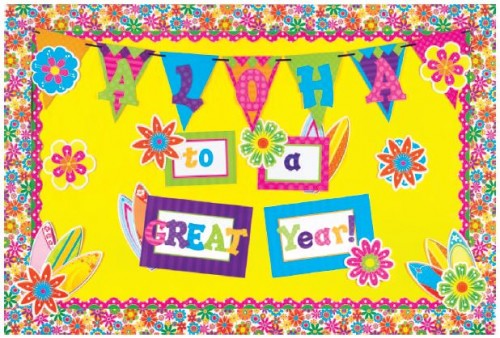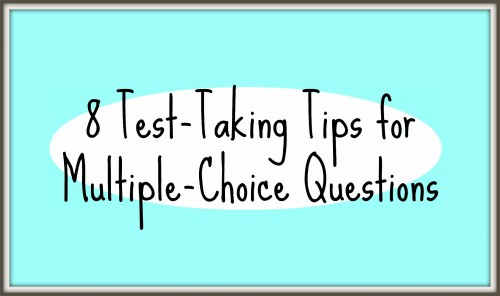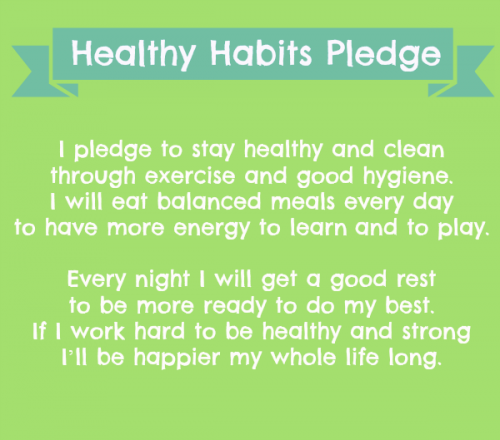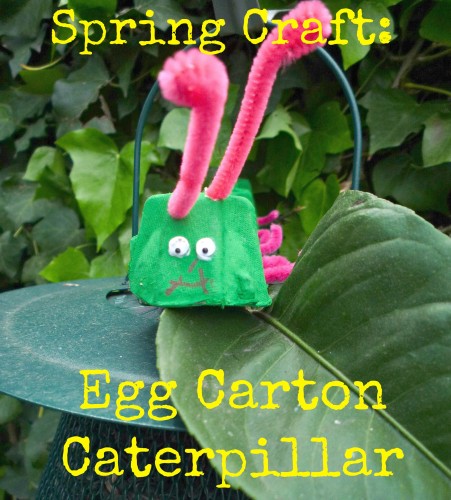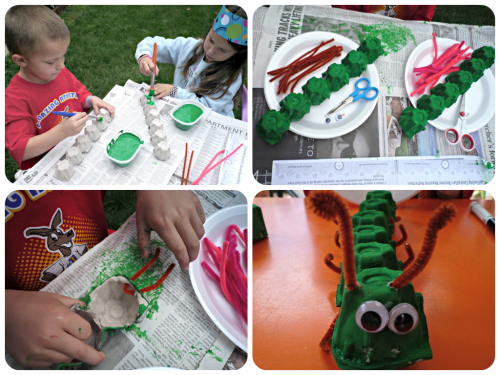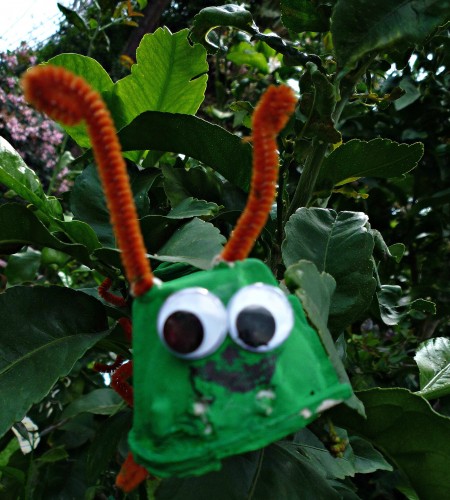Summer is right around the corner! Here’s a fun idea for a bulletin board. Mix your spring and summer accents to create a bright end-of-the-year Hawaiian style bulletin board. Use yellow paper for the background (or any other brightly colored paper). Layer the sides with Fun Flowers Straight Border Trim, Green Scalloped Border Trim, and Hot Pink Polka Dots Scalloped Border Trim. To create the Aloha banner, grab a thin piece of ribbon and string it along the pre-cut holes of the Sassy Solid Pennants. Use Multi Bright Sassy Solids 3″ Letters to spell out “Aloha” on the pennants. Add four pieces from the Sassy Dot Hearts Create & Decorate Set in the middle of the board, and use the rest of the Sassy Solids Letters to spell out “to a Great Year!”. Finish off with Fun Flower Accents & Surfboards Accents. To personalize the bulletin board more, have each student pick their own surfboard to put on the bulletin board. They can write their names and add stickers to make the surfboard completely their own.
Author: TCR Staff
8 Test-Taking Tips for Multiple-Choice Questions
Some multiple-choice questions are straightforward and easy. Some questions, however, stump even the most prepared student. In cases like that, students have to make an educated guess. An educated guess is a guess that uses what students know to help guide their attempt. Students select a particular answer because they’ve thought about the format of the question, the word choice, the other possible answers, and the language of what’s being asked. By making an educated guess, students increase their chance of guessing correctly. Share these test-taking tips with students before their next multiple-choice test:
- Read the directions. It’s crucial. You may assume you know what is being asked, but sometimes directions can be tricky when you least expect them to be.
- Read the questions before you read the passage. Doing this allows you to read the text through a more educated and focused lens. For example, if you know that you will be asked to identify the main idea, you can be on the lookout for that head of time.
- Don’t skip a question. Instead, try to make an educated guess. That starts with crossing off the ones you definitely know are not the correct answer. For instance, if you have four possible answers (A, B, C, D) and you can cross off two of them immediately, you’ve doubled your chances of guessing correctly. If you don’t cross off any obvious ones, you would only have a 25% chance of guessing right. However, if you cross off two, you now have a 50% chance.
- Read carefully for words like always, never, not, except, and every. Words like these are there to make you stumble. They make the question very specific. Sometimes the answers can be right some of the time, but if a word like always or every is in the question, the answer must be right all of the time.
- After reading a question, try to come up with the answer first in your head before looking at the possible answers. That way, you will be less likely to bubble or click something you aren’t sure about.
- In questions with an “All of the above” answer, think of it this way: if you can identify at least two that are correct, then “All of the above” is probably the correct answer.
- In questions with a “None of the above” answer, this of it this way: if you can identify at least two that are not correct, then “None of the above” is probably the correct answer.
- Don’t keep changing your answer. Unless you are sure you made a mistake, usually the first answer you chose is the right one.
Find more tips and practice passages in Nonfiction Reading Comprehension for the Common Core
4 Tips on Encouraging Healthy Habits for Kids
Incorporating fun physical outdoor games and indoor classroom exercises are great ways for teachers to encourage students to establish healthy habits. The National Health Education Standards & Common Core State Standards aim to support a whole-child approach to education-one that that ensures that each student is healthy, safe, engaged, supported, and challenged in their learning. Here are a few tips for establishing healthy habits in the classroom.
- Share the Healthy Habits Pledge above with students and discuss each line. Challenge students to learn the pledge and share it with family members. The goal here is to inspire the whole family to focus on good nutrition and support healthy habits. Post the pledge in the classroom and review it from time to time as students gain more insights into personal health.
- Introduce daily exercise to your students. Use physical activities to start the day and/or to transition from one activity to another. Throw in an extra exercise on tough days, or use more than one when weather conditions inhibit outdoor activity. These short, physical exercise breaks are a positive way to settle students for their day’s work. And don’t forget breathing exercises! They can be done at any time of day and can help refocus or calm students as needed.
- Gather and display reference materials for the classroom on topics of nutrition, fitness, and overall health. Resources might include library or trade books, magazines, posters, and kid-friendly materials printed from government websites. If appropriate, save links to relevant websites in a dedicated folder on classroom computers.
- Encourage students to start collecting packaging and nutritional labels from food products. Explain that they will be learning to read them and using them for comparisons. Establish an area in the classroom where these can be stores or displayed.
For free sample pages, classroom exercises, and ideas see Healthy Habits for Healthy Kids.
Spring Craft: Egg Carton Caterpillar
This spring craft offers kids so much room for imagination and learning. This is a great craft to bring a butterfly life cycle lesson to life! This project requires some recycled egg cartons so this would also be a perfect classroom craft for earth day to demonstrate recycling and reusing materials for new projects.
Materials:
-Cardboard Egg Cartons
-Scissors
-Green Paint
-Paintbrushes
-Markers
-Pipe Cleaners
-Tape (optional)
-Wiggly eyes (optional)
Let’s Do It!
- Cut off the top of the egg carton, and cut the bottom half into two strips to make two caterpillars.
- Place the egg carton strips upside down so the hollow of the cups cannot be seen. Paint them green, then allow the paint to dry.
- Once dry, use markers to add details, such as the eyes, nose, and mouth, or glue on wiggly eyes.
- Cut two pipe cleaners into thirds. Insert one piece of pipe cleaner on the side of each cup to create the caterpillar’s legs.
- Cut two pipe cleaners into thirds. Insert one piece of pipe cleaner on the side of each cup to create the caterpillar’s legs.
- Inside each egg cup, bend down the ends of the pipe cleaners. Tape can be used to secure the antennae and legs.
Our little crafters loved the caterpillars so much they immediately took them to the trees so their caterpillars could eat leaves!
Butterfly Life Cycle Idea:
Have the students make butterfly wings out of construction paper and hold on to these for later. Keep the caterpillars in the trees. The next day, before the students come to class, add the butterfly wings to their caterpillars and put each caterpillar in a brown bag, like a chrysalis. Hang them up in the trees and when they notice them, tell them we will have to wait and see what “those bags” could be. The following morning, tear open the bags and have the caterpillars hanging half in and half outside the chrysalises, drying their butterfly wings.
More Ideas
-Add more personality to your caterpillars by using plastic wiggly eyes or construction paper for clothes and shoes.
-Other insects can be made from single sections of an egg carton. Try making ladybugs, painted black with red spots, or spiders, painted black with eight pipe cleaner legs.
-Obtain a copy of The Very Hungry Caterpillar by Eric Carle (Putnam, 1969) and A Guide for Using The Very Hungry Caterpillar in the Classroom and try some of the creative writing activities and pocket chart patterns.

